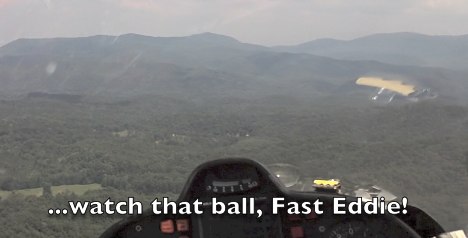Blackhawk
Pre-takeoff checklist
Sorry to be blunt, but this makes no sense. I trim the plane for a fixed cruise speed and cruise. When I'm downwind, I set the trim appropriately, but as soon as I get abeam the numbers, I'm constantly changing pitch, roll, yaw, throttle to correspond to conditions and position. You want I should fly by trim?
Pass.
No, you don't fly with trim. You always trim the airplane for its condition.
Page 13.
http://www.faa.gov/news/safety_briefing/2014/media/MarApr2014.pdf



